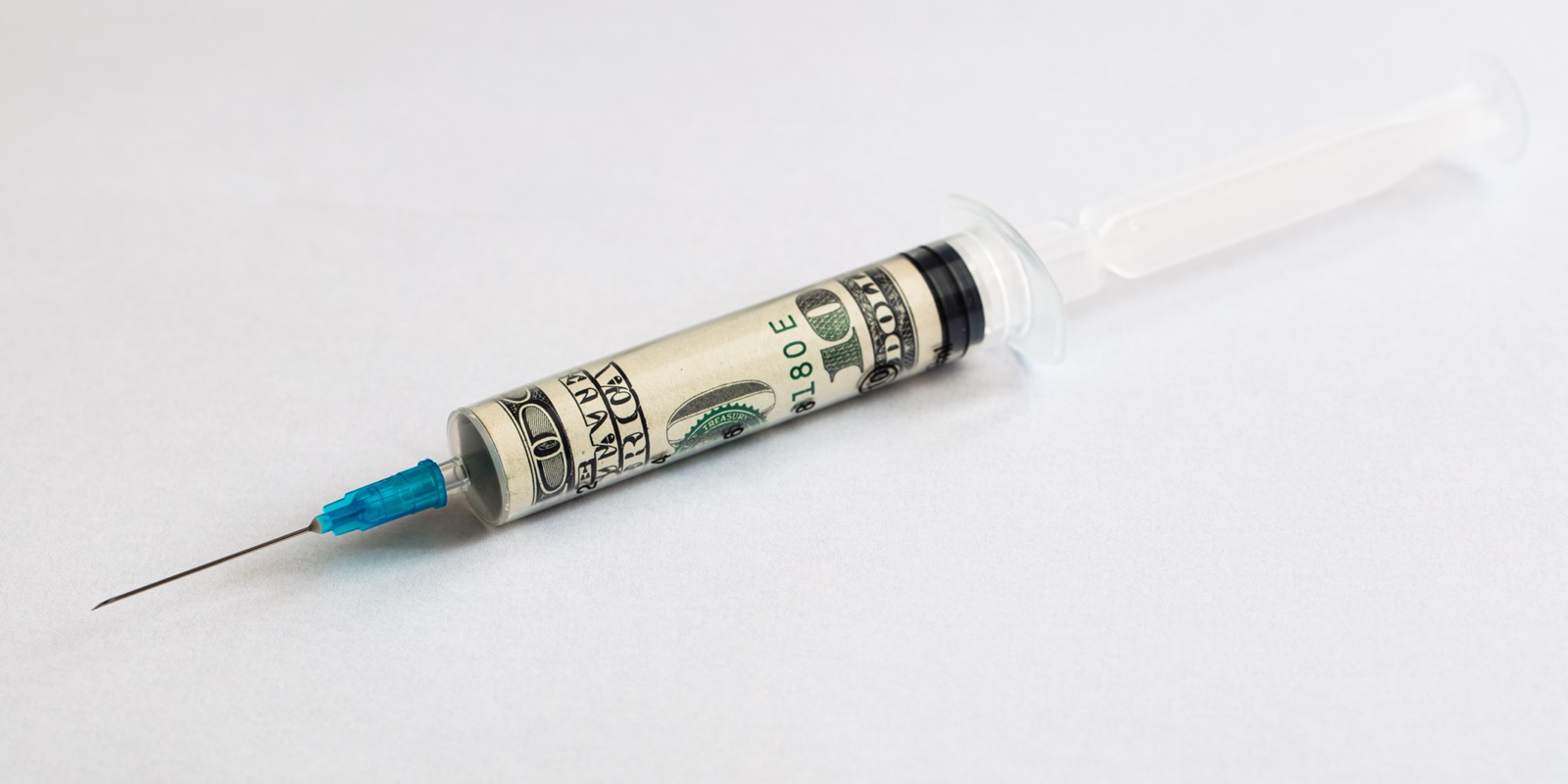Your sales people live in fear. Here’s their nightmare scenario… you make them raise a price…the customer notices….they ask for an explanation…the customer is lost…forecasts are missed and stuff happens. Sales people know that they’ll be scolded if margins are low, but if too many sales are lost…
Don’t convince yourself that your pay plan alone can overcome the fear. Consider the example of a real estate agent given by Levitt & Dubner in Freakonomics. A real estate agent is paid a percentage of a home’s sales price. Both the agent and the homeowner have a common interest in the sales price. However, their interests are not identical. If a home price is reduced $10,000 it can reduce the homeowners equity substantially. On the other hand a $10,000 price drop may only reduce the agent’s fee by $300 to $400. So guess who wants to sell the house fast vs. at the highest price? Here’s a fact. When agents sell their own homes, the time their home is on the market is much higher than the average.
Similarly, a 1 point margin gain can increase many companies’ earnings by 25 to 50%. How much is a 1 point gain worth to your sales person? Put yourself in their shoes. I’d suggest most sales people live in enough fear they will choose safety over a chance to earn a little more.
If your sales people have authority to set pricing, financial incentives aren’t enough to overcome fear. In our practice, our clients have been successful increasing margin by 1 to 2 points by following the basic approaches…
1. Target your effort to raise margin
Most companies have 25 to 35% of their sales that are “incidental”. These incidental sales are items their customer buys 1 to 3 times a year and on which they spend less than 5%. Most distributors only make 5 points more than their average on these sales. Incidentals offer a low-risk, high reward opportunity to increase margin.
2. Involve your sales people early
Lack of information acts like gasoline on a fire. If you don’t tell them what you’re doing they’ll assume the worst. Tell your sales people upfront that you are focusing on incidental sales first. Let them know you will rely on them to identify any sale that really is price sensitive.
3. Reclaim pricing authority
Executives should take strategic control over pricing incidentals. Sales people’s days are spent selling higher volume items. Often they just add another 5 points to their “normal” margin when they price an incidental. You will make more on incidentals if you let your sales force price high volume items and you own the pricing of incidental sales.
4. Sweat the details
Your ability to raise margin rests on your pricing system being credible. Sales people must feel confident they won’t be embarrassed. Rely on your sales people to help you identify situations where seemingly incidental sales are in fact price sensitive.
5. Teach dollars not percentages
Your customers pay in dollars not percentages. On average, your customers will spend about $150 per year per incidental item they buy. So a 5 margin point increase in price only results in your customer spending $7 more per year.
6. Measure results, provide feedback
Measure what happens when you increase incidental margin. Allay the fear of your sales people by providing ongoing feedback on their pricing practices and results.
Fear is a natural part of the life of every sales person. You can increase your company’s margin if you recognize the impact of fear and take steps to build a targeted approach to margin improvement. Most distributors can increase margin 5 to 7 points on approximately 30% of their sales with no negative impact on sales or customer relationships.
About the Author
Dave Roller is the founder of Profit2, a 15 partner firm dedicated to helping distributors safely increase margin by helping them improve how they price. Profit2 has helped many large Distributors and Manufacturers build margin and earnings for over 10 years.





